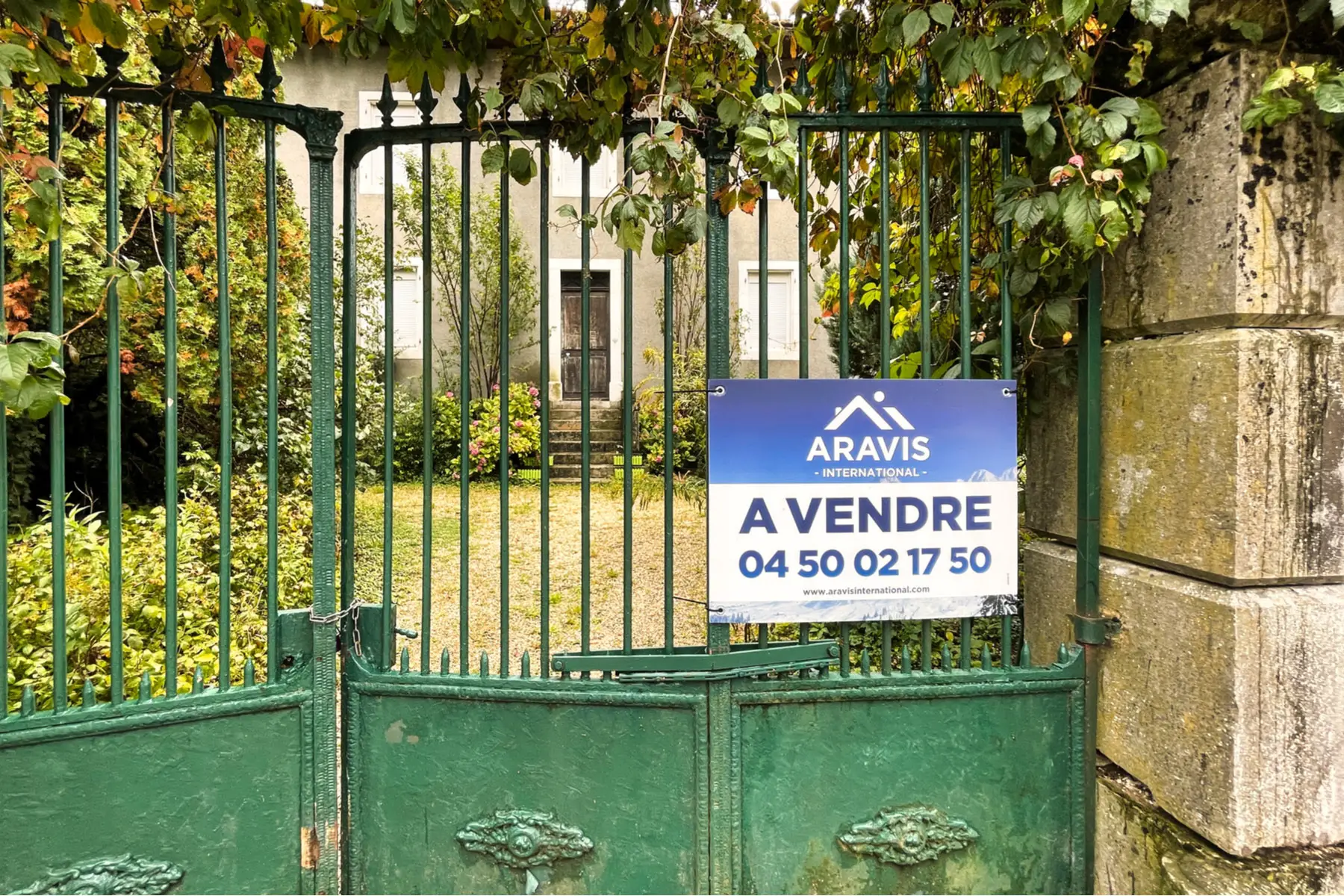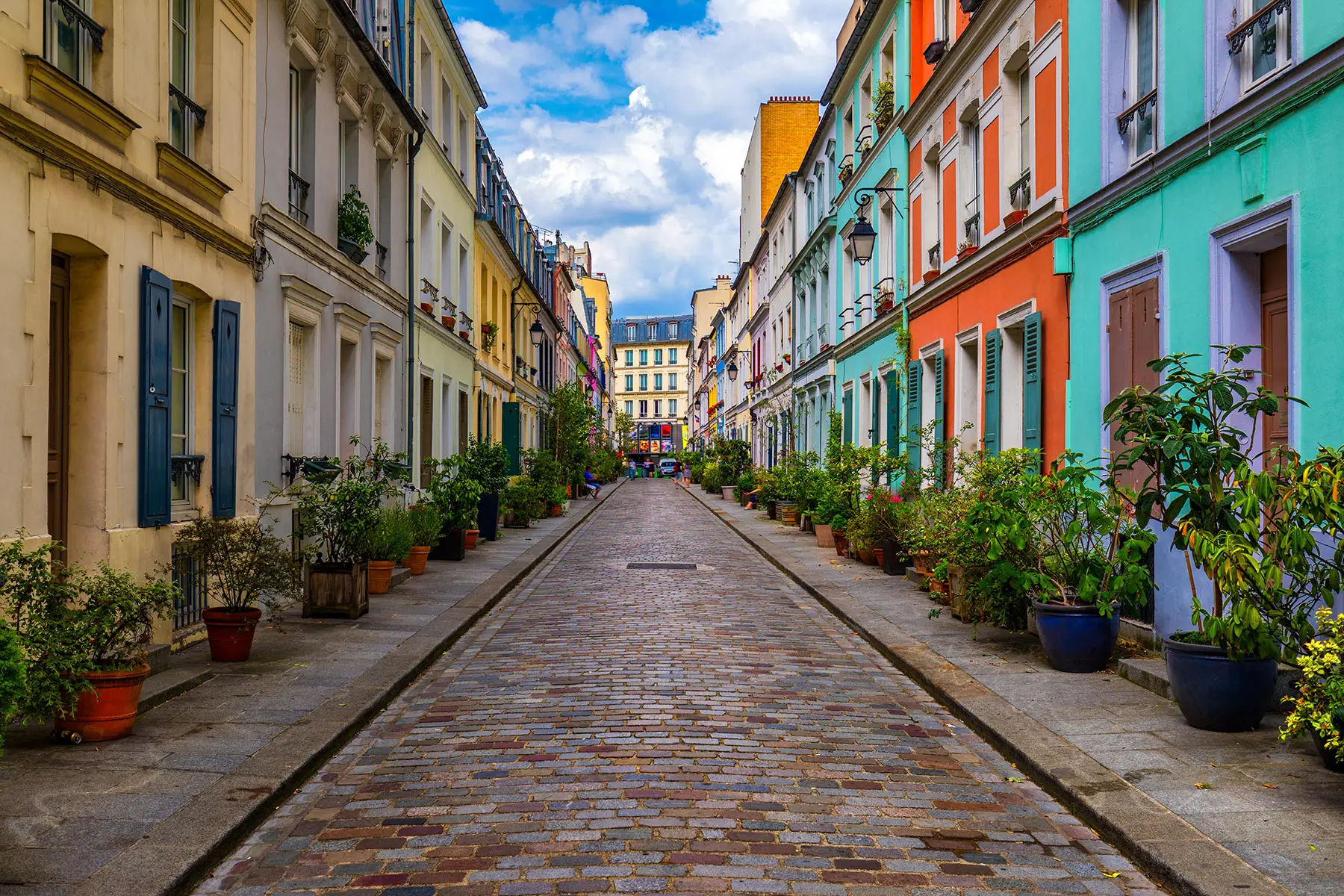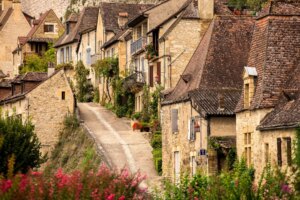Aix-en-Provence, or ‘Aix’ as the locals call it (pronounced like the letter ‘X’), is an elegant Provençal city about 25km from Marseille. It’s got plenty of natural beauty, with tree-lined boulevards and parks, plus bubbling fountains, magnificent Baroque architecture, and must-visit museums.
As an international in France, deciding where to live can be tricky, but Aix-en-Provence has so many charming neighborhoods and surrounding villages that there’s something for everyone.
Keep reading for more on these topics:
Sirelo
It’s no secret that moving abroad can be stressful. Sirelo’s team of removal advisors is here to help. They provide five free quotes from international shipping companies so you can find the best options at the best prices. Take the stress out of your move to France with Sirelo.
An overview of Aix-en-Provence
Aix-en-Provence often goes by another nickname – ‘City of a Thousand Fountains’ – because of its many gorgeous stone water features. Perhaps the most famous of these is Fontaine de la Rotonde (the roundabout), which sits in the heart of the city since 1860.

These stunning fountains not only add to the city’s beauty but also establish the unique charm of Aix-en-Provence. The city is a treasure trove of breathtaking Baroque architecture and rich history. In its center, a delightful mix of cobblestone streets and picturesque squares are adorned with chic boutiques, cafés, and townhouses.
The locals here embrace a slower pace of life, adding to the city’s allure. Don’t miss the chance to leisurely stroll around, soak in the sights, and perhaps indulge in the weekly outdoor markets.
But Aix-en-Provence is about more than just its city center. Surrounded by hilltop villages and lush rural areas, just outside of Aix you can find some of the most exquisite landscapes in France. These landscapes inspired the works of local painter Paul Cézanne, one of the country’s premier Impressionists, and are sure to spark your own creativity.
Like the rest of France, Aix also features magnificent churches, castles, monuments, and museums. Some of the most well-known sights in Aix include Cathédrale Saint-Saveur, a 5th-century Romanesque-Gothic church, Musée Garnet, and Fondation Vasarely.
One of France’s oldest universities, Aix-Marseille University, was established there in 1409. As such, you will see many students amongst Aix’s visitors and stylish locals.
Living in Aix-en-Provence
Tourism is arguably the backbone of Aix-en-Provence’s economy, with the city welcoming hundreds of thousands of tourists each year, especially in the summer. But, this city of some 140,000 residents boasts a diverse economy, with increasingly important health, maritime, digital and creative, aeronautics and mechanics, and energy sectors.
Aix has a very high quality of life, especially compared to bigger cities such as Paris and Marseille. This is due to the availability of quality healthcare, pleasant climate, low pollution, and high level of safety. Because of the small size of the city center, commuting time is low, too – most people walk within the city.
While there is an increasing number of expats in Aix-en-Provence, this is still a predominantly French city. There are only a handful of international schools in Aix, and being able to speak French will go a long way in helping you settle in.
How do you find housing in Aix-en-Provence?
There are numerous ways to find a home in Aix-en-Provence, depending on what you are looking for. Finding a local real estate agency (agence immobilière) to help you search and prepare all the documents is often the easiest route for expats.
If you need temporary accommodation upon arriving in Aix-en-Provence here are some popular online resources to get you started:
Typical Provençal accommodation
Aix-en-Provence is one of the most desirable locations in the South of France, so property prices can be high. In addition, properties can be hard to come by. In the town center, a fancy 150m2 apartment in the Mazarin and Mirabeau districts might cost some €1 million. Homes might be a little cheaper in the city’s south and west (€3,000–3,500/m2) but can rise to €5,000–7,000/m2 in the north.
Since there are so many different types of properties in Aix-en-Provence, and they vary widely in price, it’s essential to narrow down your options first. Within the city center, apartments range from small studios – perfect for students and young professionals – to large apartments with multiple rooms suitable for families. There are also townhouses which are often the most expensive option.

In Aix’s suburbs and surrounding areas, though, you will find more affordable options with greater space both indoors and outdoors. However, if you opt for a large villa with a private garden and swimming pool, you’ll find it just as pricey as the city center.
The villages around Aix-en-Provence have a lot of bastides (Provençal manor houses). These are often detached, one-story properties that are more modest than villas but still have outdoor space. Formerly, bastides were country properties meant for wealthy farmers and landowners, but of course, country homes fit for families.
Renting in Aix-en-Provence
There are plenty of rental options in and around Aix-en-Provence for those looking for a shorter-term commitment.
On average, renting a one-bedroom apartment in Aix-en-Provence’s city center costs around €1,000 per month, while renting a similar property in the city’s outskirts would be closer to €730 a month. If you’re interested in a larger home, monthly rent rises to €1,700 on average in the city and €1,370 just outside.
Buying in Aix-en-Provence
If you plan to buy an apartment in central Aix-en-Provence, be aware that smaller apartments in the city center are currently quite in demand because they are easy to rent to the city’s many students. Conversely, bigger houses and apartments – which may be more suitable for families – are trickier to buy and sell. Prices for these are also less negotiable.
As with rentals, city center locations often command higher prices per square meter than properties in surrounding areas. However, you might be able to find a bargain in Aix’s northern districts where prices are slower to increase.
Neighborhoods in Aix-en-Provence
Vieille Ville
The oldest part of Aix, Vieille Ville, is a maze of narrow streets and picturesque squares. Of course, it is a beautiful place to wander and get lost as this is the most walkable part of Aix. One perk of living here is that you likely won’t need to drive or even use much public transport.

The Old Town is full of boutiques for brands like Sézane, historic buildings like the Hôtel de Ville (City Hall) and Cathédrale Saint Sauveur, and numerous attractions, like artist Paul Cézanne’s former studio and home. There are also plenty of local bars and cafés.
While living in the Old Town puts you in the heart of Aix’s action, properties here can be expensive and difficult to find. In addition, if you have a car, parking can be tricky. And, of course, it can get a little busy and noisy. However, Aix’s Old Town is very safe, has all the facilities you need, and lots of job opportunities.
The Vieille Ville incorporates several smaller sub-districts that might be worth exploring. For example, Villeneuve, the “New Town” established in the 16th century, is a chic area with rows of 17th-century townhouses.
Mazarin
Just south of the Old Town and across the Cours Mirabeau thoroughfaire is Mazarin, an elegant residential district founded in the 17th century. Here, gorgeous townhouses – housing the city’s wealthier inhabitants – line streets that form an easy-to-navigate grid. Best of all, from here, you can easily walk into the Old Town of Aix-en-Provence in 10 minutes or less.
There is so much to do in Mazarin, from the famous Musée Granet (which houses an impressive collection of Paul Cézanne’s work) and Hôtel du Caumont historic mansion to the Hôtel de Gallifet art center and English-language bookstore-café Book In Bar. You can always do as the locals do, pop into A Casa for an aperitif, and mosey onto Jardin Mazarin for dinner.
Mazarin is quiet and cozy, making it reasonably family-friendly. Numerous hotels, shops, grocery stores, clinics, and other facilities are also present. However, this tiny district has virtually no green space, and most residents are French so there may be a language barrier.
La Duranne
Southwest of the Old Town, La Duranne is one of Aix-en-Provence’s larger residential districts. It is also among the city’s newer neighborhoods, with residents flocking there after it became a business hub in the early 2000s. Therefore it’s no surprise that La Duranne offers a wealth of employment opportunities and minimal commuting times for those who live there.
Balancing out its business side, La Duranne is also surrounded by greenery, including agricultural land and a pine forest, the Parc de la Duranne. As such, residents of La Duranne enjoy an active lifestyle full of outdoor activities, plus a great selection of bars, restaurants, and supermarkets.
La Duranne offers impressive transportation connectivity with easy access to several critical highways. Central Aix-en-Provence is about 45 minutes away on public transport, or 20 minutes by car.
La Duranne, with its culturally diverse population, creates a warm and welcoming atmosphere that is particularly appealing to expats. Here, you’ll find a community that embraces diversity and fosters a sense of belonging, making it an ideal place to call home.
Le Tholonet
A 15-minute drive east of Aix-en-Provence’s center lies Le Tholonet, an idyllic village in the picturesque Provençal countryside. Residents can enjoy peaceful village life while still being near the bustling city center. Nestled between the foot of the Sainte-Victoire mountain and the fringes of the Arc river, this is a truly scenic spot.

Notable attractions in Le Tholonet include the 17th-century Château du Tholonet and the Moulin Cézanne (an old windmill that is now an exhibition space). Perhaps more importantly, this is Paul Cézanne country.
The Impressionist artist – a son of Aix-en-Provence – spent much time in the area. Many of his landscapes include the peaks of Sainte Victoire and Château du Tholonet. Be sure to stop into Le Relais Cézanne, his favorite restaurant in the area.
Village homes in Le Tholonet are often traditional stone houses, which make for charmingly unique accommodation. The village also has several small shops, restaurants, and a weekly market, so there is a family-friendly community feel.
Grand Sud
A vast district that sprawls southwest from the center of Aix-en-Provence, Grand Sud comprises several smaller hamlets such as Les Milles, Saint-Pons, and Luynes Saint-Jean. The region’s east is decidedly suburban, with built-up areas and plenty of accessible facilities. The west, though, features wide-open greenery, including vineyards, pine forests, and parks with hiking trails and cycling routes.
Grand Sud has everything you’d expect of a cosmopolitan neighborhood. The Polyclinique du Grand Sud is a popular private clinic with a range of services, as is the Hôpital Privé de Provence. There are numerous shops, restaurants, supermarkets, hotels, and sports facilities here.
Due to its location further out of the center of Aix-en-Provence, homes in Grand Sud are generally more affordable. And, it is a quick 15-minute drive into Old Town, or 30 minutes by public transport. For expat families, there are several top international schools, including CIPEC, IBS of Provence, Latitude Bilingual, and Lycée Georges Duby.
Puyricard
A 20-minute drive northwest of Aix-en-Provence’s Old Town, Puyricard is a country village that has formed part of the Aix canton since the 15th century. A reasonably large area, it also includes several smaller hamlets, such as Couteron and Pontès.

The village’s name comes from the famous Puyricard chocolate factory, headquartered on Avenue Georges de Fabry. While the company is a major employer in the area, some residents also work at the Institute of Business Administration of Aix-en-Provence (part of the University of Aix-Marseilles), and there are plenty of other job opportunities.
Puyricard is generally a quiet, residential neighborhood with tons of green space, a feeling of community, and a relaxed atmosphere. There are also some facilities for children, sports centers, and a horse-riding school. In addition, Puyricard has the usual amenities such as shops, restaurants, cafés, and supermarkets.
Neighborhoods to avoid in Aix-en-Provence
Aix-en-Provence is generally relatively safe. Because of this, no particular neighborhoods need to be avoided for personal safety reasons. Although crime is somewhat on the rise, much like in other bigger cities, expats generally do not have to worry about walking alone, muggings, attacks, or violent crimes.
Tips on choosing a neighborhood in Aix-en-Provence
There are many factors to consider when choosing where to live in Aix-en-Provence. As such, it is essential to consider your particular needs. Here are a few things to think about when looking for your Provençal home:
- What is your budget, and will you be renting or buying?
- What type of house do you want? Is a townhouse your ideal, or do you need lots of open green space?
- Will you have a car, or do you prefer public transport and walking?
- What amenities do you need – are restaurants and cafés important, or are you more interested in sports facilities?
- Do you have children requiring family-friendly activities, daycare facilities, and good schools?
Useful resources
- Aix-en-Provence tourist office – helpful information for newcomers to the city
- Résidences Immobilier – an overview of the property market in Aix-en-Provence from a French realty company
- Insee.fr – details and statistics about the community of Aix-en-Provence







